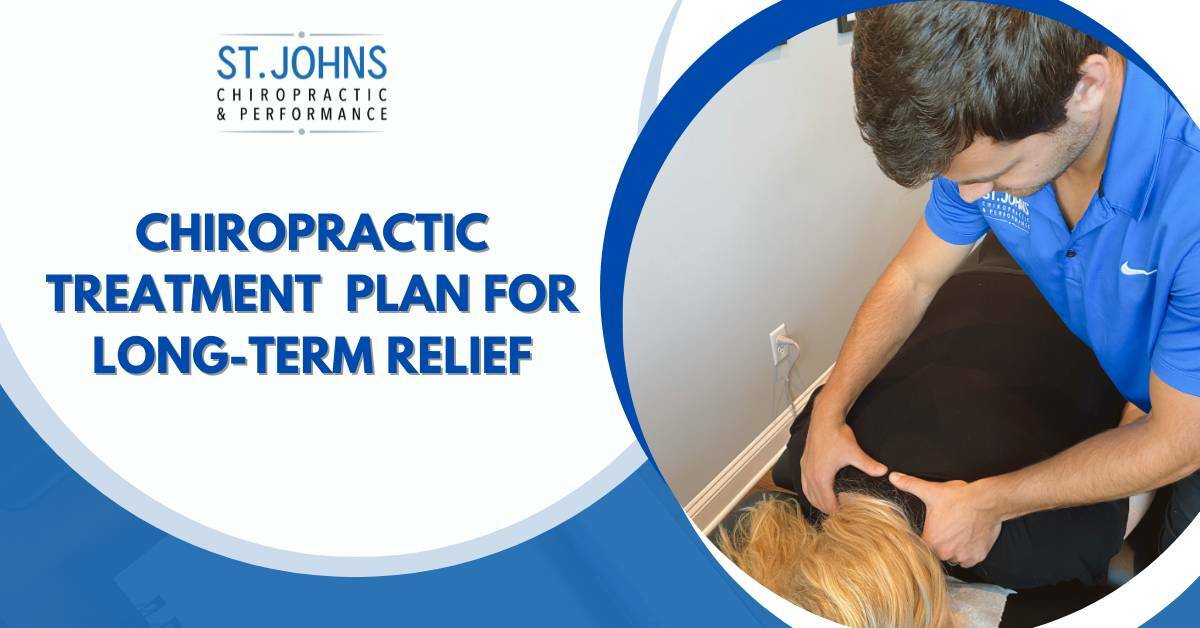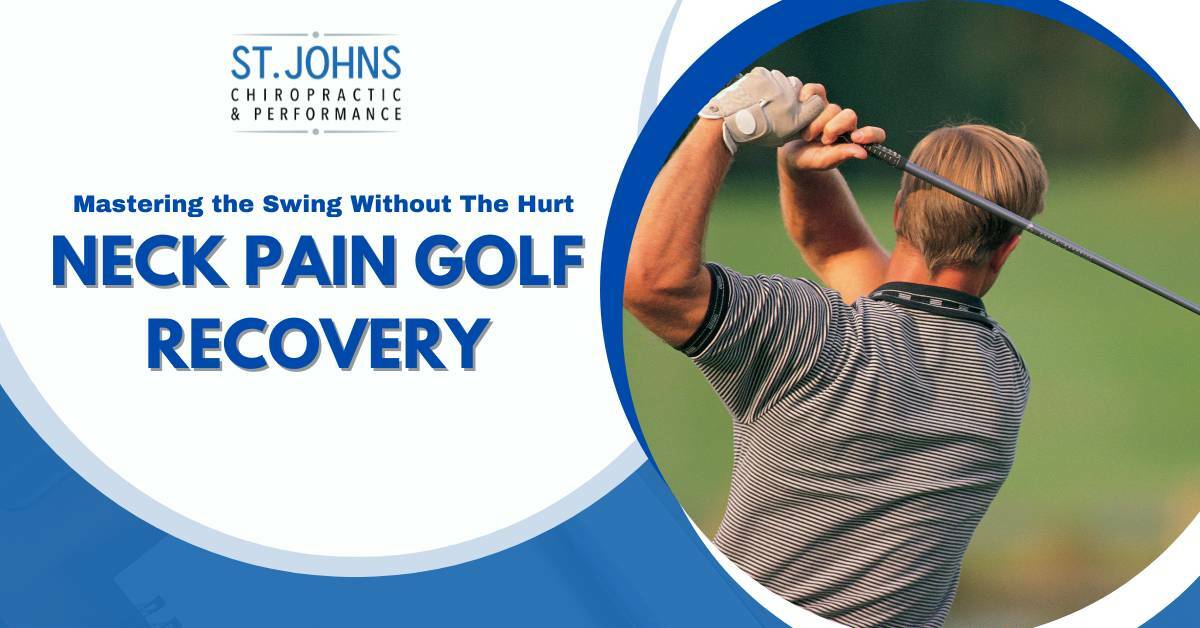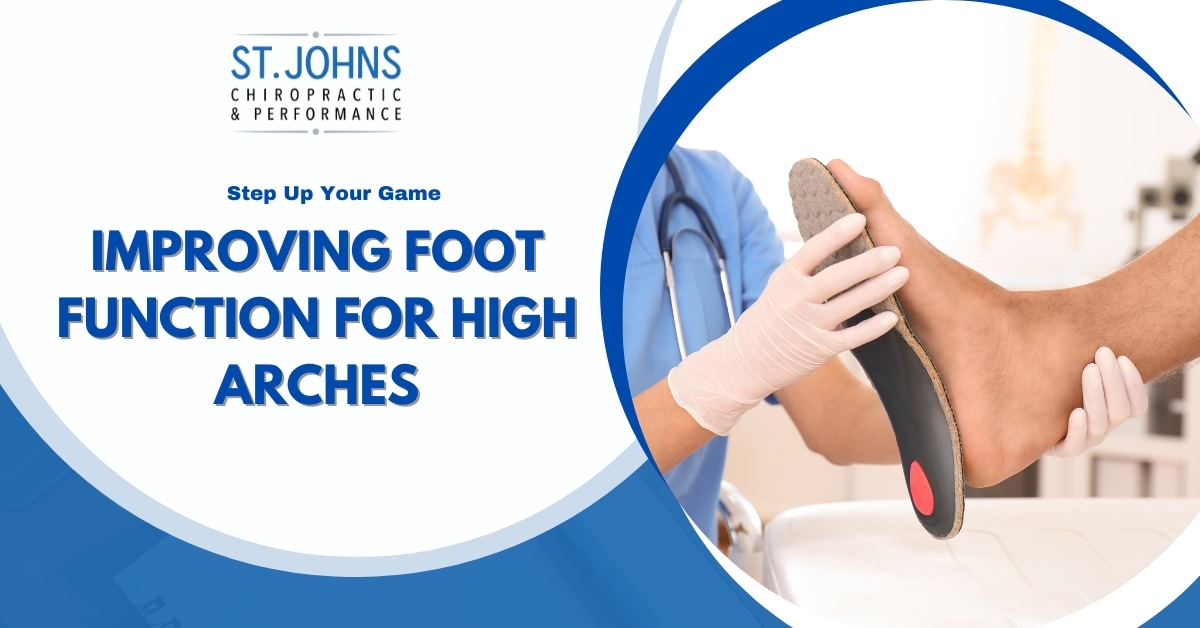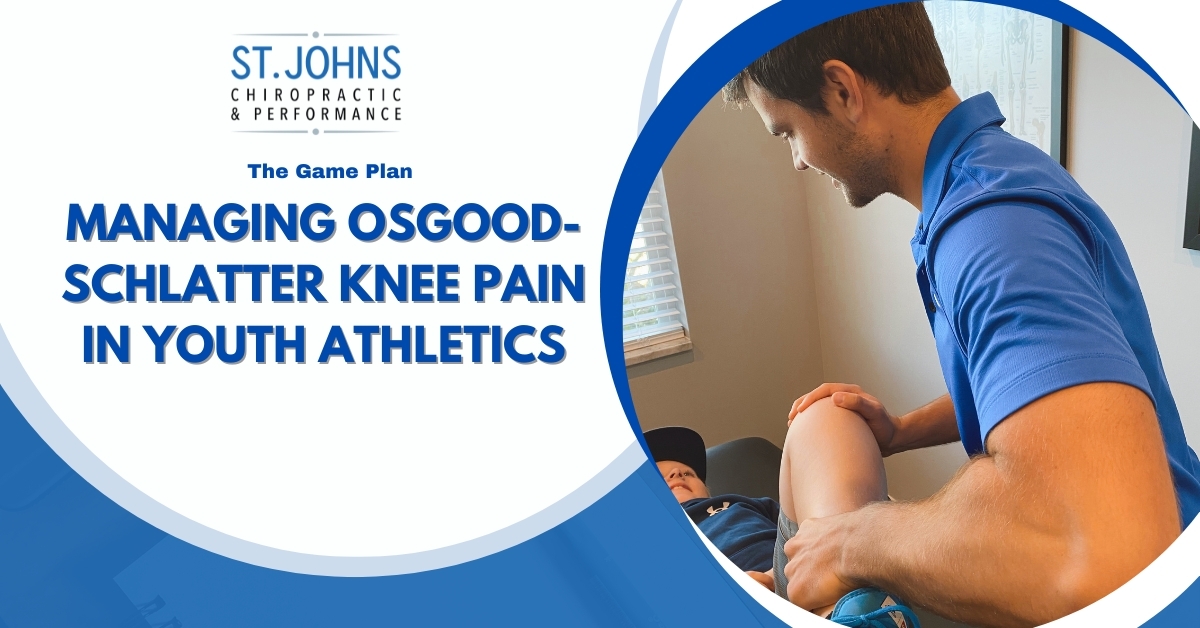Knee pain is very prevalent in today’s adult population and can effect many day-to-day activities. The adolescent population is no different as roughly one-fourth of all adolescents have a significant episode of knee pain during their childhood (1).
The most common type of knee pain in the youth goes by many names but is commonly known as “Osgood-Schlatter Disease.” Osgood-Schlatters most commonly effects boys and girls ages 8-15 who are in sports that require running and jumping.
The repetitive stress of running and jumping combined with growing bones, muscles, and ligaments can lead to inflammation just below the kneecap. Tightness in the muscle group on the front of the thigh (quadriceps) is typically found in Osgood-Schlatters, which can pull on the growing bone (2).
A child with Osgood-Schlatters typically will complain of dull pain just below the kneecap, that may become a sharper pain during activity. Pain can be on one knee or both and swelling is sometimes present. The child will often have tenderness when pressure is placed just below the kneecap.
Basketball, Volleyball, Gymnastics, Football, and other sprinting and jumping sports are the most common sports associated with Osgood-Schlatters. About 10% of all 12-15 year-olds will develop the condition, and it effects males slightly higher than females (2).
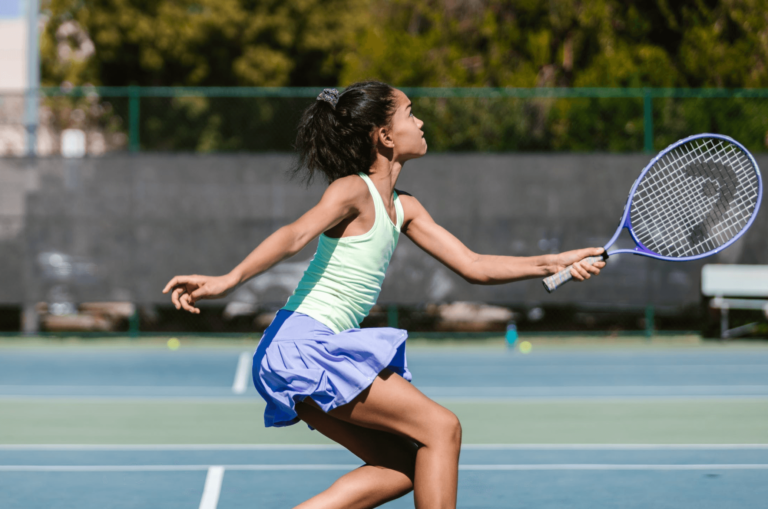
Healing Timeline
Osgood-Schlatters effects each athlete a little differently and many factors are in play when it comes to pain levels and tissue healing. With that in mind, those with Osgood-Schlatters typically make a full recovery and are able to return to their normal activities with little or no complications.
The symptoms often go away when a growth spurt is finished or the growing skeleton is able to catch up to the demands of the sports and activities. Only 10% of Osgood-Schlatters patients have symptoms that persist passed the adolescent age (2).
The Best Treatment
The most common treatment a youth athlete would be prescribed with Osgood-Schlatters is rest. Though rest can be effective in reducing pain, there is not any evidence to show that rest speeds up tissue healing (2).
Specific rehabilitation exercises and stretching are likely to be the most effective treatments to loosen up the quadriceps muscles and provide symptom relief. A couple exercise are shown in the video to the right.
There is also evidence suggesting that insufficient levels of vitamin D contributes to Osgood-Schlatters and can be effective to help treat the condition (3).
Due to the high demands being placed on the athlete’s growing body, a comprehensive approach to treatment is best. This should consist of exercises and stretches, an anti-inflammatory diet high in vitamins and minerals, at least 8 hours of sleep a night, and activity modification when needed.
Open communication between the athlete, the parents, the coaches, and the medical staff is very important to ensure that the athlete can maximize their time playing while minimizing their symptoms.

